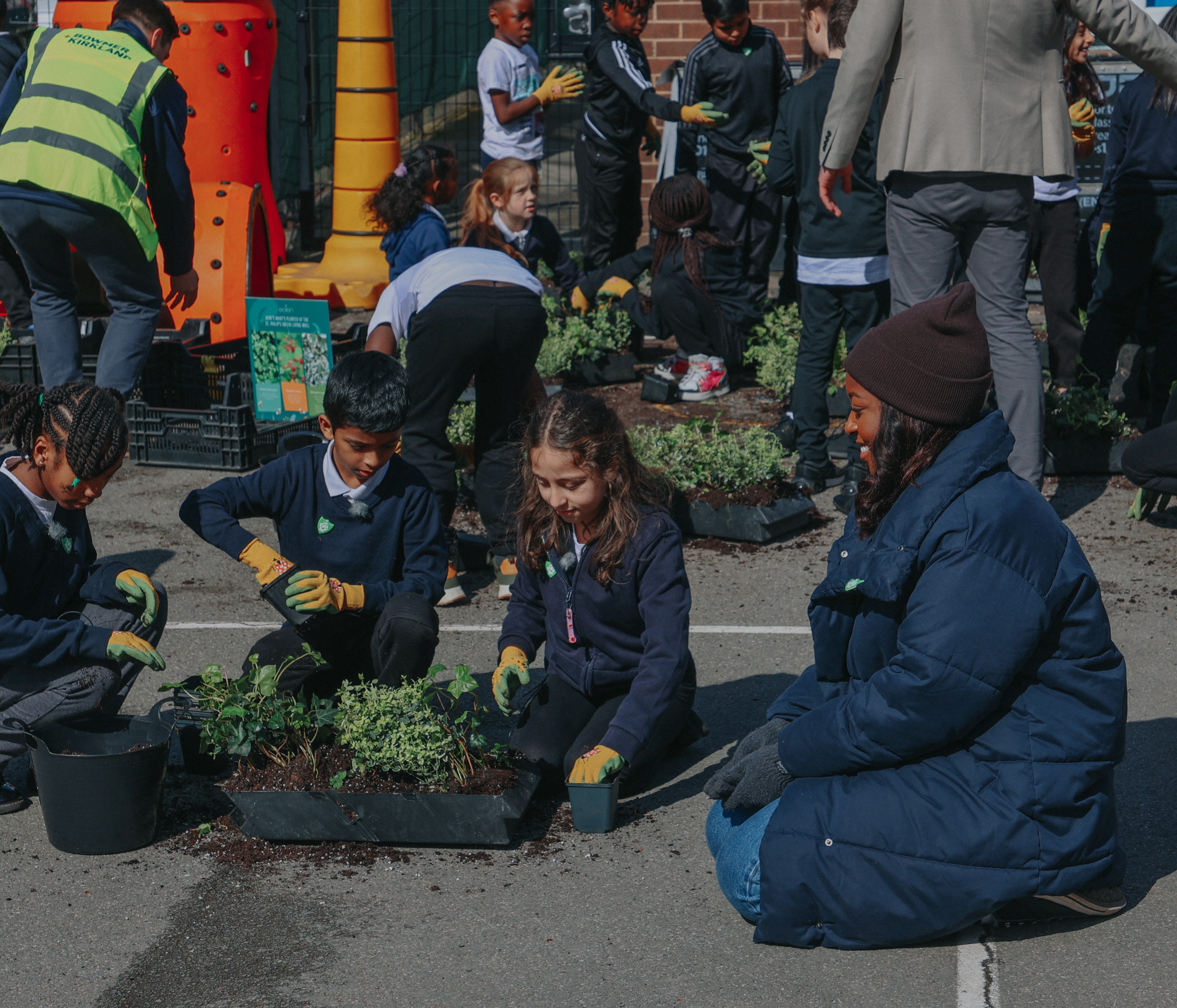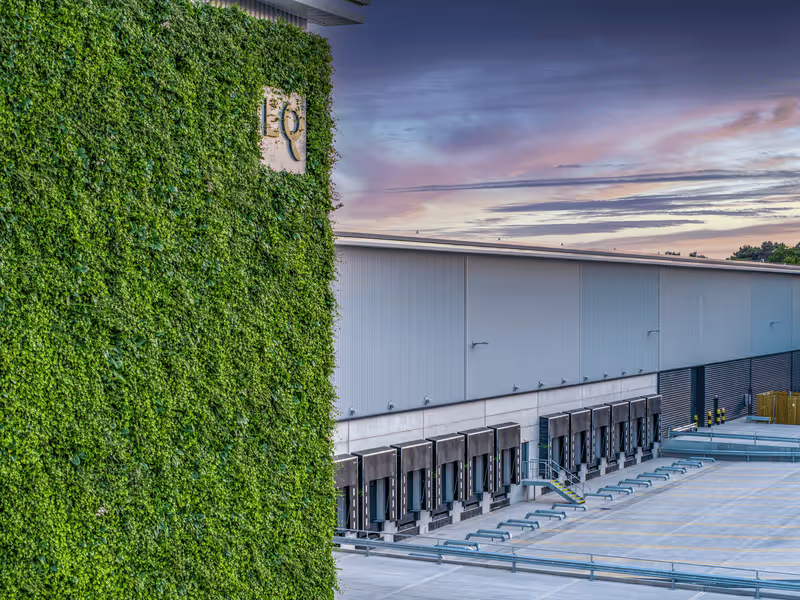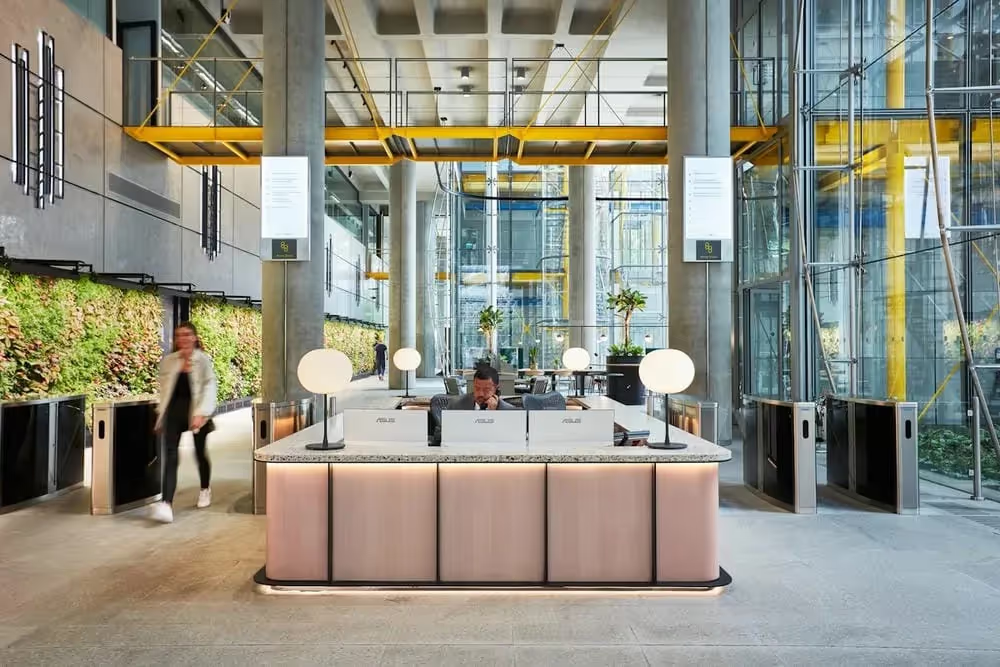Nurturing Young Minds: The Power of Green Infrastructure in Educating Children about the Environment

According to the Office for National Statistics (ONS) mid-year estimates for 2020, approximately 56% of the UK's population under the age of 18 lived in urban areas. This means that a majority of children in the UK reside in cities or built-up areas, where access to green spaces and nature may be more limited compared to rural areas.
Limiting access to nature not only affects the health of the planet but also the health and well-being of younger generations. This lack of exposure to green spaces also diminishes their appreciation and respect for the environment, leading to a disconnect from nature and a reduced understanding of the importance of conservation and sustainable practices.
As concerns about climate change, and the urgent need for more sustainable practices grow, it is becoming crucial to explore innovative ways to educate and engage young minds about nature and environmental stewardship. This is where the power of green infrastructure, specifically living walls and roofs, comes into play. In this blog, we will delve into the transformative potential of green infrastructure in nurturing and educating young minds to preserve nature for a more sustainable future.
Green Infrastructure: The answer to rewilding our cities
With cities expanding to house the growing population, there are now more young people living in urban areas than not. This unfortunately is unavoidable as moving to rural areas is not always a viable or achievable solution for many families for various reasons. But this shouldn’t mean those living in urban areas should be deprived of access to natural spaces.
Green infrastructure such as living walls and green roofs are a transformative solution, providing a harmonious integration of nature that fits seamlessly into dense cityscapes. Living walls and roofs offer a canvas for biodiversity, bringing lush vegetation and vibrant ecosystems to otherwise barren urban spaces.
By incorporating plants and greenery into the very fabric of buildings, living walls and green roofs not only enhance the aesthetic appeal of cities but also deliver a multitude of environmental benefits such as providing shelter and nutrients to insects and wildlife. These eco-structures also help to improve air quality by absorbing pollutants and mitigate the “heat island” effect by providing natural insulation. Beyond their environmental advantages, these living installations create enchanting and interactive spaces that captivate and educate young minds, allowing children to reconnect with nature right in the heart of their urban environments.

How is green infrastructure helping to educate children about the importance of the environment?
The power of green infrastructure in educating children about the environment is immense. Incorporating living walls, green roofs, and other forms of nature-based design into communal spaces allows us to create impactful learning environments that foster a deep understanding and appreciation for the natural world.
One of the primary benefits of green infrastructure is its ability to provide direct, hands-on experiences with nature. When children are surrounded by living walls covered in lush vegetation or have access to green roofs where they can observe plants, insects, and even small animals, it sparks their curiosity and encourages exploration. These immersive encounters allow children to develop a personal connection with nature, cultivating a sense of wonder and instilling a desire to protect and care for the environment.
Green infrastructure also serves as a powerful educational tool, offering opportunities for interdisciplinary learning. Children can learn about plant life cycles, biodiversity, ecosystems, and the role of green spaces in mitigating climate change. They can observe the relationships between plants and animals, understand the importance of pollinators, and witness first-hand the impact of human activities on the natural world.
This exposure to natural spaces demonstrates that design can be aesthetically pleasing and environmentally responsible. Children can learn about concepts such as water conservation, energy efficiency, and waste reduction through implementing and maintaining green infrastructure. These real-life examples showcase the tangible benefits of sustainable design and inspire young minds to adopt eco-friendly practices in their daily lives.
By integrating environmental education into the design and maintenance of green infrastructure, we can create engaging lessons that align with curriculum objectives while fostering a love and respect for nature.
Environmental education in action: the story of the Salford students who joined the green infrastructure initiative
A great example of how green infrastructure can be leveraged for educational purposes is the recent mini living wall workshop which took place at a school in Salford and was covered by the popular children’s television show Blue Peter.
This project was aimed at inspiring the students to value the natural environment around them and understand the importance of green infrastructure for sustainability.
The initiative, which was instigated by the English Cities Fund (ECF) and carried out by Viritopia and Bowmer and Kirkland, provided students with a hands-on experience of planting their own mini version of the living wall currently being installed at Eden New Bailey. This miniature living wall installed on the school grounds gave the students a chance to learn about green architecture, horticulture, biodiversity, sustainability, and the principles of design – whilst enjoying some valuable time outside in the fresh air.
This initiative provides the children with valuable lessons on nature and its importance in maintaining a healthy and safe environment and will hopefully inspire other schools across the country to adopt a similar approach.
Find out more about the power of green infrastructure at Viritopia
Are you in the early stages of development? Are you looking to capitalise on environmental assets? Are you interested in learning more about living walls? Then look no further. Our team at Viritopia has you covered.
Viritopia has over 20 years of experience designing and maintaining biophilic infrastructure to create a detailed analysis of how a scheme will meet regulatory requirements. We help with a faster planning process and provide you with what’s needed to take your project to the next level. Head to our site to book a living wall consultancy or explore more about our green walls and their benefits.
Explore more insights
Discover the latest in green infrastructure

Vanguard Logistics Park (Longmore) Featured in RIBA Commercial Directory 2025

Green Roof Advantages & Disadvantages

Design with meaning: How office living walls reflect your brand

